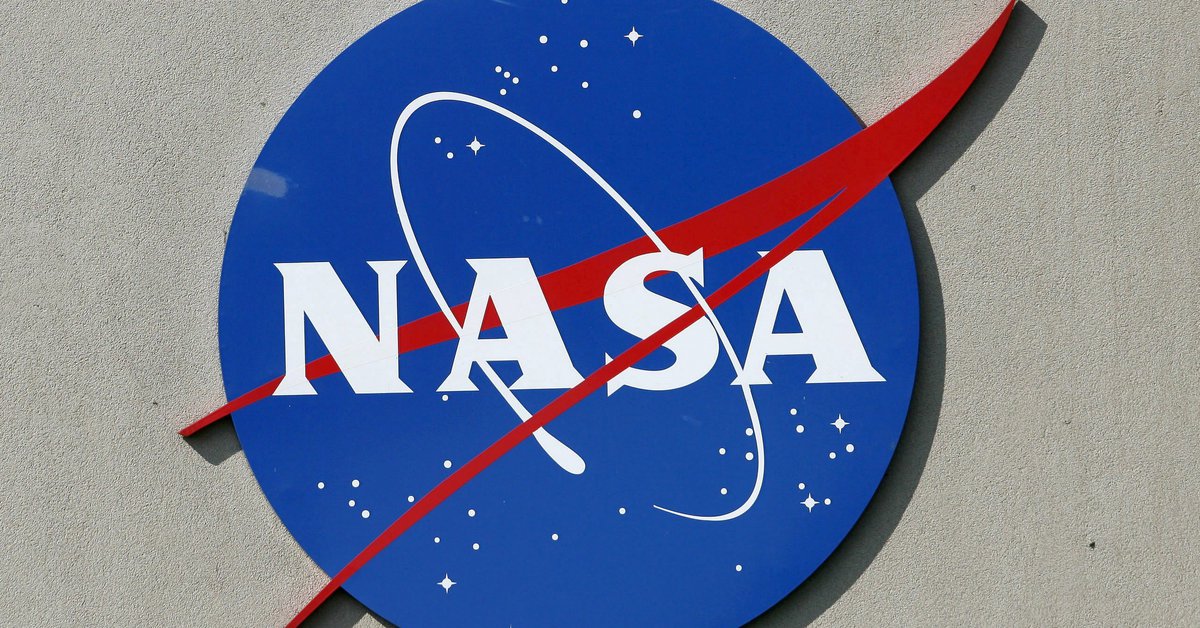In order to prepare to send astronauts to Mars in the future, The U.S. space agency began accepting applications on Friday for four people a year to live on Alpha on Friday. It is a 158 square meter Martian habitat created by a 3D printer, located inside a building. Johnson Space Center in Houston.
Paid volunteers will work on a Mars exploration mission that includes spacewalks, limited communications with Earth, limited food and resources and equipment failures.
NASA plans three tests, the first of which will begin in the fall of next year.. Food is usually served in space, and no windows are planned at this time. Some plants will be grown, but not potatoes like in the movie “The Mars”. In the film, actor Matt Damon plays astronaut Mark Watney, who survived being trapped on a potato on Mars.
“We want to understand how humans work.”Said Grace Douglas, the scientist leading the experiments. “We are studying realistic conditions on Mars.”
:quality(85)/cloudfront-us-east-1.images.arcpublishing.com/infobae/QTB4FL64DJDEBDTMHC7IKVF5BA.jpg 420w,https://www.infobae.com/new-resizer/xw9eWj0xnxDzbrNLZAyzsjOcjr0=/768x432/filters:format(jpg):quality(85)/cloudfront-us-east-1.images.arcpublishing.com/infobae/QTB4FL64DJDEBDTMHC7IKVF5BA.jpg 768w,https://www.infobae.com/new-resizer/pcOjPN31Uv6v_JC8kwWcp4xjtWU=/992x558/filters:format(jpg):quality(85)/cloudfront-us-east-1.images.arcpublishing.com/infobae/QTB4FL64DJDEBDTMHC7IKVF5BA.jpg 992w,https://www.infobae.com/new-resizer/IXAAwuf9YGdEnhbNAyiMyo_qtmQ=/1200x675/filters:format(jpg):quality(85)/cloudfront-us-east-1.images.arcpublishing.com/infobae/QTB4FL64DJDEBDTMHC7IKVF5BA.jpg 1200w)
The admissions process began Friday, but they are not looking for anyone. Requirements are strict and include a master’s degree in science, engineering or mathematics or pilot experience in aviation. Only US citizens or those with permanent residency in the country can participate. Applicants must be between the ages of 30 and 55, in good health, without eating problems, and not prone to motion sickness.
It shows NASA is looking for people with profiles close to astronautsSaid former Canadian astronaut Chris Hotfield. Also, for him, it’s a good thing, because it’s a great experiment if the participants actually resemble people going to Mars.
The search for life in space
In recent years, NASA has been searching for clues to show that life on Earth is not the only life in the universe. For example, they sought biological clues to show that Mars was not always an uninhabited planet, but, like Earth, there was life on its surface at some point in its existence.
In fact, recently the North American space agency, with the help of its Curiosity rover, dared to say it Most likely, Mars may still be alive today, not just millions of years ago.
:quality(85)/cloudfront-us-east-1.images.arcpublishing.com/infobae/XQIUN2AJYVD4DGQ7VAI5FMVXIQ.jpg 420w,https://www.infobae.com/new-resizer/LbuaSz7jjjshtgFWouO2ai_FVeY=/768x432/filters:format(jpg):quality(85)/cloudfront-us-east-1.images.arcpublishing.com/infobae/XQIUN2AJYVD4DGQ7VAI5FMVXIQ.jpg 768w,https://www.infobae.com/new-resizer/BuarqP6jyH5UUlzH_j_XJgSSLKA=/992x558/filters:format(jpg):quality(85)/cloudfront-us-east-1.images.arcpublishing.com/infobae/XQIUN2AJYVD4DGQ7VAI5FMVXIQ.jpg 992w,https://www.infobae.com/new-resizer/elcZ83w780-vtYM93Shi22OVK8I=/1200x675/filters:format(jpg):quality(85)/cloudfront-us-east-1.images.arcpublishing.com/infobae/XQIUN2AJYVD4DGQ7VAI5FMVXIQ.jpg 1200w)
According to investigations by Curiosity, the robot landed, a few days ago, About the possible source of methane gas, In most cases, a substance produced by organisms (microorganisms).
“(Discoveries) point to an active emission area west and southwest of the Curiosity rover at the northwest crater site (…) This may be a coincidence. Active methane emission,” NASA explained.
(With AB info)
Read:





:quality(85)/cloudfront-us-east-1.images.arcpublishing.com/infobae/KTKFKR763RBZ5BDQZJ36S5QUHM.jpg)